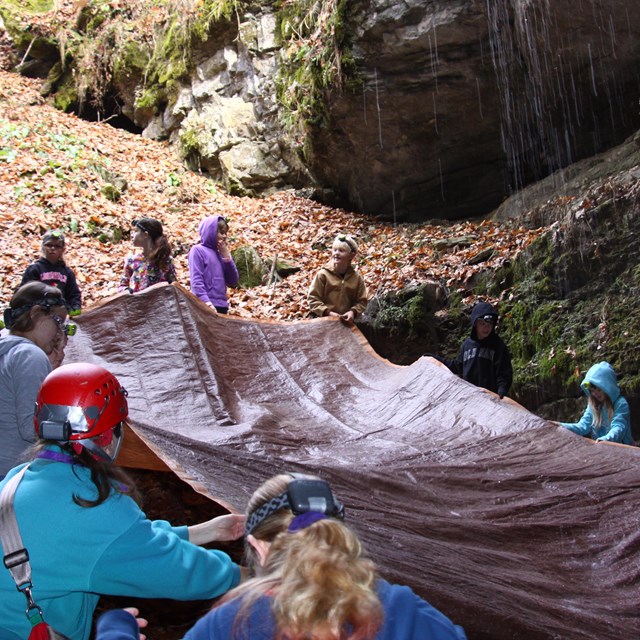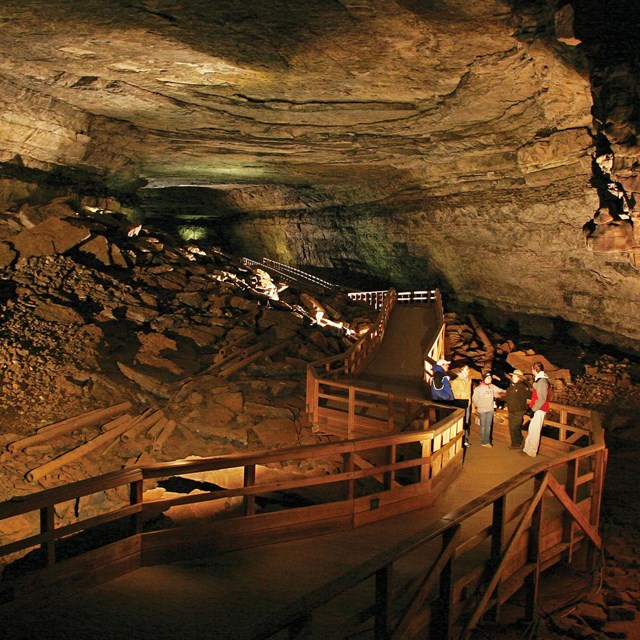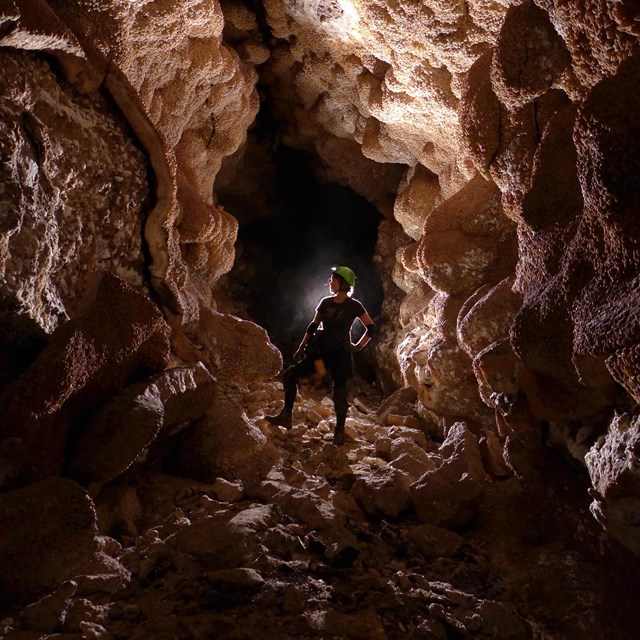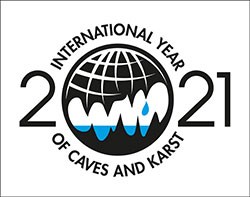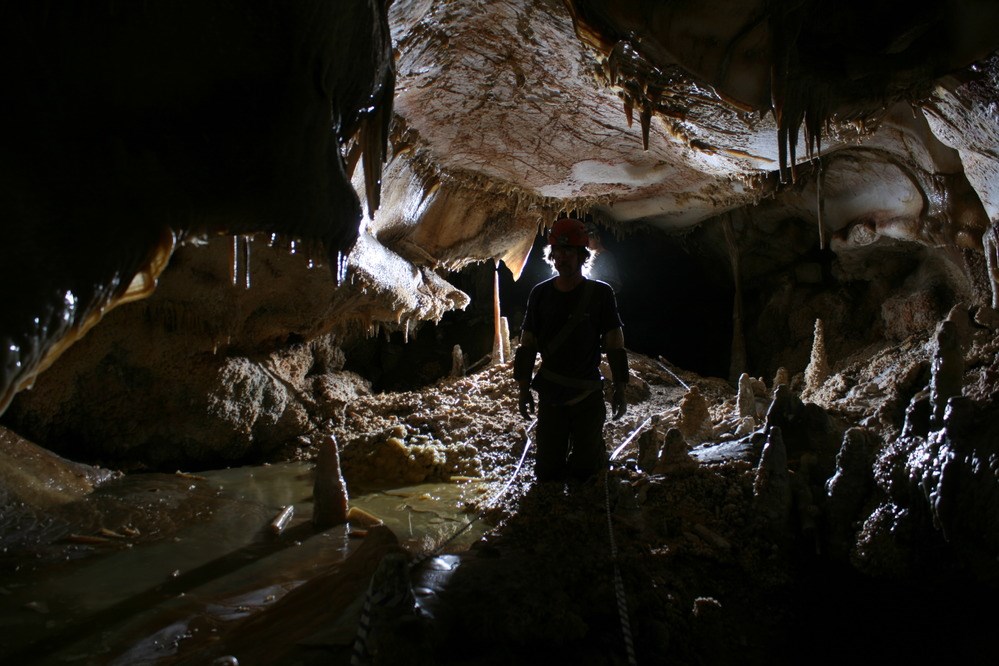
NOTE: Due to the ongoing COVID-19 pandemic, the International Year Of Caves and Karst that began in 2021 has been extended through 2022! Please join us in continued celebration with virtual, hybrid, and in-person events throughout the 2022 year.
Introduction
The National Park Servide is joining in the celebration of The International Year of Caves and Karst (IYCK) to help raise the level of understanding and respect for caves and karst as globally important physical, ecological, and cultural systems.The IYCK will be the largest ever event showcasing caves and karst landscapes across the world.
Caves are natural laboratories for preserving fossils, minerals, and records of past climates. Caves also provide habitats for unique and rare animals. Karst is a type of landscape that forms when rocks are dissolved by weak acids. Features that are often characteristic of karst terrains include caves, sinking or disappearing streams, sinkholes, and springs. The National Park Service manages approximately 5,000 caves, including four of the top 10 longest caves in the world. In the United States, 40% of fresh groundwater that we drink comes from karst aquifers.
The National Park Service and the National Natural Landmarks Program invite you to join in the celebration. Caves and karst areas are part of America’s Geoheritage because of their significant values, uniqueness, and diversity of natural features. We hope you can join us in the celebration and Discover What’s Under Your National Park!
Featured Articles
IYCK 2021 National Art Contest Winners Announced
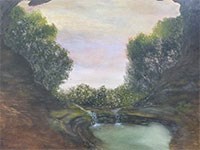
Articles—Explore Further

Monthly Themes and Highlights
December 2022 - Archeology
Theme: Since prehistoric times, people have used caves for many purposes
Introduction: Caves preserve a variety of archeological resources such as rock art, historical signatures, and more. People have long used caves as dwelling places, burial sites, storehouses, and places of worship. Protected from the sun and elements, caves usually have stable temperatures and high humidity that can preserve artifacts for thousands of years.
Topics: Cultural resources, human use, artifacts…
Hashtags: #CaveArcheology
Featured Links:
-
Hidden History: Tuberculosis in Mammoth Cave—https://www.nps.gov/articles/tuberculosis-mammoth-cave.htm
-
Floyd Collins Homestead—https://www.nps.gov/places/floyd-collins-homestead.htm
-
Old Guide's Cemetery—https://www.nps.gov/places/old-guide-s-cemetery.htm
-
Russell Cave—Junior Archeologist Book
Themes—Explore Further

Stay Connected

#IYCK2022
Share Your #IYCK2022
Join the vibrant virtual community of stewards, educators, and cavers in celebrating #IYCK2022. Spread the word on Facebook, Twitter, and Instagram, and share opportunities to learn and interact.
Connect with Cave and Karst Sites
-
Buffalo National River, Arkansas—[Facebook] [Instagram] [Twitter] [Geodiversity Atlas] [Park Home]
-
Carlsbad Caverns National Park, New Mexico—[Facebook] [Instagram] [Twitter] [Geodiversity Atlas] [Park Home]
-
Coronado National Memorial, Arizona—[Facebook] [Instagram] [Twitter] [Geodiversity Atlas] [Park Home]
-
Cumberland Gap National Historical Park, Kentucky—[Facebook] [Instagram] [Twitter] [Geodiversity Atlas] [Park Home]
-
Great Basin National Park, Nevada—[Facebook] [Instagram] [Twitter] [Geodiversity Atlas] [Park Home]
-
Jewel Cave National Monument, South Dakota—[Facebook] [Instagram] [Twitter] [Geodiversity Atlas] [Park Home]
-
Kartchner Caverns State Park, Arizona—[Facebook] [Instagram] [Twitter][Park Home]
-
Mammoth Cave National Park, Kentucky—[Facebook] [Instagram] [Twitter] [Geodiversity Atlas] [Park Home]
-
Oregon Caves National Monument, Oregon—[Facebook] [Instagram] [Twitter] [Geodiversity Atlas] [Park Home]
-
Ozark National Scenic Riverways, Missouri—[Facebook] [Instagram] [Twitter] [Geodiversity Atlas] [Park Home]
-
Russell Cave National Monument, Alabama—[Facebook] [Instagram] [Twitter] [Geodiversity Atlas] [Park Home]
-
Sequoia & Kings Canyon National Parks, California—[Facebook] [Instagram] [Twitter] [Geodiversity Atlas] [Park Home]
-
Timpanogos Cave National Monument, Utah—[Facebook] [Instagram] [Twitter] [Geodiversity Atlas] [Park Home]
-
Wind Cave National Park, South Dakota—[Facebook] [Instagram] [Twitter] [Geodiversity Atlas] [Park Home]
-
Bering Land Bridge National Preserve, Alaska—[Facebook] [Instagram] [Twitter] [Geodiversity Atlas] [Park Home]
-
Craters of the Moon National Monument, Idaho—[Facebook] [Instagram] [Twitter] [Geodiversity Atlas] [Park Home]
-
El Malpais National Monument, New Mexico—[Facebook] [Instagram] [Twitter] [Geodiversity Atlas] [Park Home]
-
Hawai'i Volcanoes National Park, Hawai'i—[Facebook] [Instagram] [Twitter] [Geodiversity Atlas] [Park Home]
-
Lava Beds National Monument, California—[Facebook] [Instagram] [Twitter] [Geodiversity Atlas] [Park Home]
-
Acadia National Park, Maine—[Geodiversity Atlas] [Park Home]
-
Apostle Islands National Lakeshore, Wisconsin—[Facebook] [Instagram] [Twitter] [Geodiversity Atlas] [Park Home]
-
Channel Islands National Park, California—[Facebook] [Instagram] [Twitter] [Geodiversity Atlas] [Park Home]
-
Pictured Rocks National Lakeshore, Michigan—[Geodiversity Atlas] [Park Home]
-
Point Reyes National Seashore, California—[Geodiversity Atlas] [Park Home]
-
Pinnacles National Park, California—[Geodiversity Atlas] [Park Home]
-
Yosemite National Park, California—[Geodiversity Atlas] [Park Home]
-
Buffalo National River, Arkansas—[Facebook] [Instagram] [Twitter] [Geodiversity Atlas] [Park Home]
-
Carlsbad Caverns National Park, New Mexico—[Geodiversity Atlas] [Park Home]
-
Cumberland Gap National Historical Park, Kentucky—[Geodiversity Atlas] [Park Home]
-
Everglades National Park, Florida—[Geodiversity Atlas] [Park Home]
-
Grand Canyon National Park, Arizona—[Geodiversity Atlas] [Park Home]
-
Guadalupe Mountains National Park, Texas—[Geodiversity Atlas] [Park Home]
-
Mammoth Cave National Park, Kentucky—[Geodiversity Atlas] [Park Home]
-
Ozark National Scenic Riverways, Missouri—[Facebook] [Instagram] [Twitter] [Geodiversity Atlas] [Park Home]
-
War In the Pacific National Historical Park, Guam—[Facebook] [Instagram] [Twitter] [Geodiversity Atlas] [Park Home]

Featured Opportunities
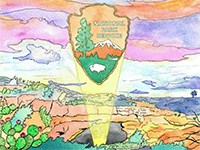
Three Sources of Light Podcast—Carlsbad Caverns
Join park rangers for in-depth conversations that illuminate the diverse natural and cultural resources of Carlsbad Caverns National Park. The podcast is produced by the Interpretation Division at Carlsbad Caverns National Park. New episodes will be posted periodically throughout 2021.
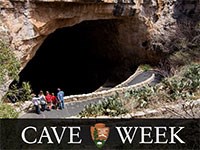
Celebrate Cave Week! June 5th – June 11th, 2022
Dozens of parks across the country participate in Cave Week by offering special tours, events, and web-based activities. Celebrate and share #CaveWeek.
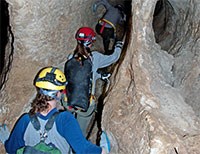
Become a Junior Cave Scientist
Explore a fascinating and fragile underground world. Learn about caves and karst landscapes. Complete a few fun activities.
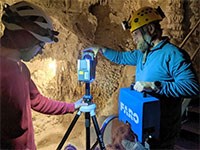
Virtual Tour of Lehman Caves—Great Basin National Park, Nevada
Take a three part video tour—created from 3D imagery!—through the amazing subterranean world of Lehman Caves.
Explore Further
Partners
Learn More
Send comments or corrections to email us.
Last updated: July 8, 2024

